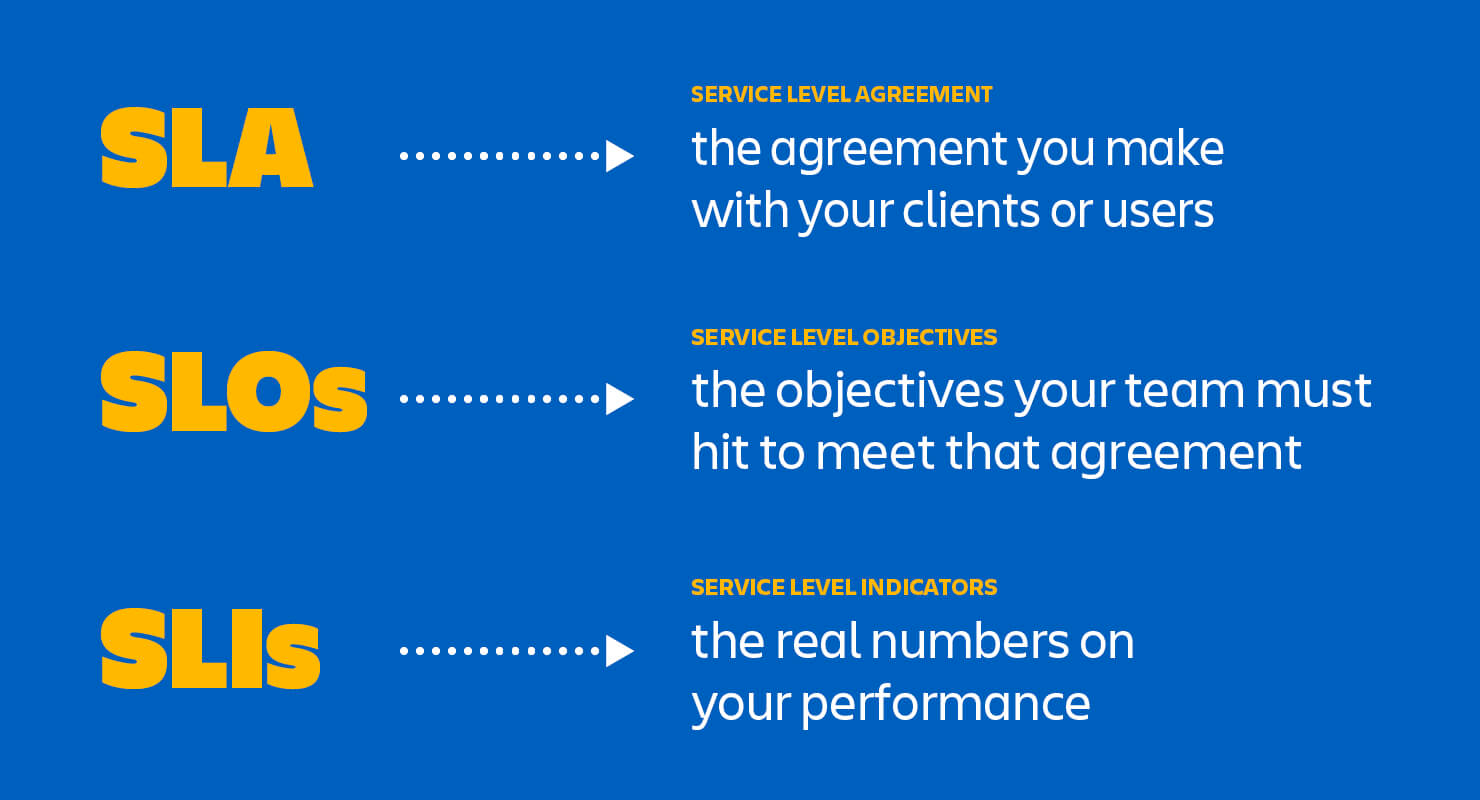 Credit: The Simpsons/20th Century Animation
Credit: The Simpsons/20th Century Animation
Effective software development testing practices play a pivotal role in crafting robust, reliable, and high-quality software systems. While testing is traditionally seen as a validation mechanism, it’s increasingly being recognized as a potent tool for upfront software design.
By incorporating testing practices into the early stages of software development, teams can not only catch defects early but also shape the architecture, behavior, and interactions of the system. This proactive approach not only enhances software quality but also fosters a more streamlined development process.
In this article, we will delve into various testing practices that serve as upfront software design techniques, highlighting their significance in shaping software systems from inception.
Behavour-Driven Development (BDD)
Behavour-Driven Development (BDD) stands as a testament to the philosophy that upfront design of a system’s behavior is crucial for success. BDD shifts the focus from writing traditional requirements to defining the expected behavior of the system through executable specifications.
This promotes a shared understanding among stakeholders and helps to align development efforts with the desired outcomes. BDD encourages collaboration between developers, testers, and business representatives, fostering a holistic view of the software’s functionality right from the outset.
Having these conversations upfront, clarifying requirements, and implementing the executable specifications as tests before implementing code, avoids costly mistakes that can be made due to the premature implementation of code, when a full understanding of the requirements has not been reached.
Integration Testing
Integration testing extends the upfront design of a system’s behavior to its interactions with external dependencies. By simulating the integration points with other systems, services, or components, integration testing ensures that the software’s interactions are well-defined, reliable, and consistent.
Taking a test-first approach to integration testing makes us consider the nuances of how the application will interact with external dependencies, plan accordingly, and design the behavior of how the application will interact with external dependencies before a line of code has been written.
This practice aids in early identification of compatibility issues, communication protocols, and data exchange mechanisms, enabling a smoother integration process and reducing late-stage surprises.
Consumer-Driven Contract Testing
Consumer-Driven Contract Testing emphasizes the upfront design of how an application interacts with external services. Adopting a contract-first approach, this practice defines expectations and interfaces between systems from the outset.
By ensuring that both the consumer and provider of a service adhere to a predefined contract, this approach promotes compatibility, reduces integration challenges, and enables smoother interactions.
The process of consumer-driven contract testing demands that the consumer design upfront, the behavior of how the application will interact with the external service. The resultant contract, with the expected request and response, must be agreed by both parties before it can be used for the purposes of testing and implementing code.
Furthermore, this approach creates an automated communication channel and feedback loop between consumer and provider, automatically raising alerts should incompatibilities arise during development. The relevant parties are alerted to issues before they impact running systems – allowing those parties to intervene and make informed decisions on how to proceed.
Test-Driven Development (TDD)
Test-Driven Development (TDD) embodies the idea of upfront design at the code level. With TDD, developers design and write tests before writing the actual code. This approach enforces a clear understanding of the desired functionality, leading to well-structured, modular, and maintainable code. TDD’s red-green-refactor cycle encourages developers to iterate through design decisions, making the design process an integral part of writing code.
Performance Testing
 Credit: Atlassian
Credit: Atlassian
Performance testing embraces the upfront consideration and design of a system’s responsiveness under varying load profiles. By simulating real-world usage scenarios and stress conditions, performance testing aids in uncovering bottlenecks, resource constraints, and scalability concerns early in the development lifecycle. This proactive approach allows for architectural adjustments and optimizations that can significantly impact the system’s overall performance.
The upfront consideration and design of how the application will behave under various load profiles requires the research and identification of those load profiles, establishing SLAs, and even considering customer happiness indicators: SLOs and SLIs.
End-to-End Testing
End-to-End testing focuses on the upfront design of a system’s intercommunication across distributed components. By simulating user interactions and data flow through the entire software stack, end-to-end testing uncovers integration issues, data inconsistencies, and communication failures. This practice ensures that the system’s components collaborate seamlessly, fulfilling business requirements cohesively.
With upfront planning, a smoke test with a very limited range of paths can be defined, such that it uncovers the intricacies of how each component within the overall system needs to be interconnected to allow data to flow through that system. COME BACK TO THIS
Security Testing
Security testing advocates for the upfront design of a system’s resistance to potential attacks. By simulating various attack vectors and vulnerabilities, security testing helps identify weak points and design flaws that could lead to security breaches. This proactive stance ensures that the software is fortified against potential threats, safeguarding sensitive data and user privacy.
Certain practices such as Threat Modelling push teams to think upfront of how their application may be vulnerable to attack and to take mitigating action, making appropriate architectural decisions prior to the implementation of code.
Those decisions can then be captured as security tests that validate the application is resilient to these attacks. Teams can take a test-driven approach, writing the security tests before writing code, then writing code that ensures the tests pass.
Conclusion
Incorporating testing practices as upfront software design techniques not only enhances the quality and reliability of software systems but also contributes to a more efficient and collaborative development process.
From defining behavior through BDD to ensuring security resilience through security testing, these practices collectively empower software teams to shape their creations proactively, minimizing rework, improving architectural decisions, and ultimately delivering software that meets and exceeds user expectations.
By embracing these testing practices as integral components of upfront design, software development can navigate challenges with foresight and finesse, ensuring a robust foundation for successful products.
Text generated from my summarised list of bullet points by ChatGPT, August 10, 2023, OpenAI, https://chat.openai.com. Edited for style and content.
